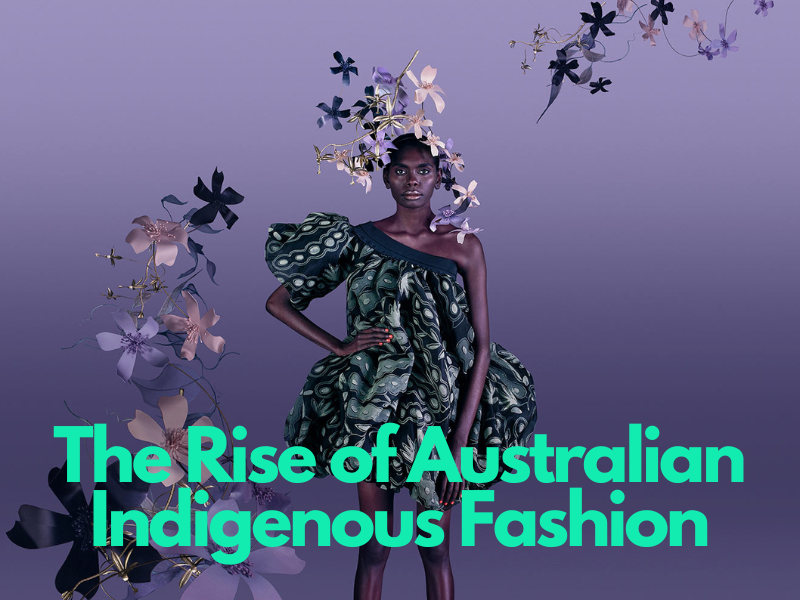How to build an experiential retail experience for consumers
For retail storefronts to remain competitive in an increasingly online world, creating an experiential retail environment is no longer a luxury—it’s a necessity. Consumers, particularly Gen Z, are seeking more than just products; they want immersive experiences that engage their senses and emotions. According to Retail Dive, “Experiential retail is about creating a destination, a place where consumers want to spend time and feel connected to the brand.” So what are the steps to creating unique and immersive retail experiences?
Understanding the Consumer's Desire for Experience
Today’s consumers are driven by experiences. A report by
The Drum highlights that “Young people are no longer satisfied with simply purchasing products; they crave memorable experiences that they can share with their peers.” This shift in consumer behavior demands that retailers think beyond traditional shopping. It’s about creating a narrative that consumers can immerse themselves in, making the shopping journey as important as the purchase itself.
Creating a Destination
One of the key strategies in experiential retail is to transform the store into a destination. This means offering more than just products on shelves. For example, DFO Brisbane has introduced a campaign that focuses on experiential retail by offering pop-up experiences and interactive elements that make the shopping centre a destination in itself. As reported by Ragtrader, DFO’s approach is to “elevate the shopping experience by integrating entertainment and unique experiences into the retail environment.”
In another example, Melbourne’s Emporium is known for its curated spaces that not only feature high-end brands but also host events and exhibitions that attract consumers looking for more than just a shopping trip. These destinations offer consumers a reason to visit beyond the products themselves, creating memorable experiences that enhance brand loyalty.
Incorporating Technology for a Seamless Experience
Technology plays a crucial role in creating an experiential retail environment. From augmented reality (AR) to interactive displays, technology can enhance the shopping experience by making it more engaging and personalised. The Drum points out that “The hyper-experiential paradigm is driven by technology, enabling retailers to create immersive environments that captivate consumers.”
In Australia, retailers are beginning to harness the power of technology to elevate the shopping experience. For instance, Commonwealth Bank highlights how retailers are using data-driven insights to personalise the shopping experience, offering tailored recommendations and promotions to enhance customer engagement. Virtual fitting rooms, interactive product displays, and mobile integration are just a few ways Australian retailers are leveraging technology to create seamless and immersive shopping experiences.
Engaging the Senses
Experiential retail is about more than just visual appeal—it’s about engaging all the senses. Retail Customer Experience emphasises that “Retailers who engage multiple senses can create more memorable and impactful experiences.” This could include everything from the scent of a store to the music playing in the background. The goal is to create an atmosphere that reflects the brand’s identity and resonates with the target audience.
An example of this in Australia is the way in which iconic department stores like David Jones and Myer have created immersive environments during the holiday season. From elaborate window displays that tell a story to in-store scents that evoke the feeling of Christmas, these retailers use sensory engagement to create a memorable shopping experience that draws customers back year after year.
Building a Community
Creating a sense of community is another critical component of experiential retail. Australian retailers are increasingly focusing on building spaces where customers feel a sense of belonging. As highlighted by RetailBiz, “Community-focused retail spaces are becoming more popular, with retailers hosting events, workshops, and social gatherings to bring people together.”
For instance, Bunnings Warehouse is known for its weekend sausage sizzles and DIY workshops that not only attract customers but also foster a sense of community. These events create a welcoming environment where customers can learn, socialise, and connect with the brand on a deeper level.
Building an experiential retail environment requires a deep understanding of what today’s consumers want—memorable, engaging, and immersive experiences. By transforming stores into destinations, incorporating technology, engaging the senses, and fostering a sense of community, Australian retailers can create environments that resonate with consumers and drive long-term success. As Ragtrader aptly states, “Experiential retail is about more than just selling products; it’s about creating a place where consumers feel connected to the brand and want to spend their time.”
Which Retailers are building exciting in-store experiences that you’ve seen?
Tanya, Amy & Natalie at Permanser Consulting
Permanser Consulting - Recruitment Specialists - Fashion/Textile/Lifestyle/Accessories Industries
E admin@permanser.com.au
P (03) 9654 5988










